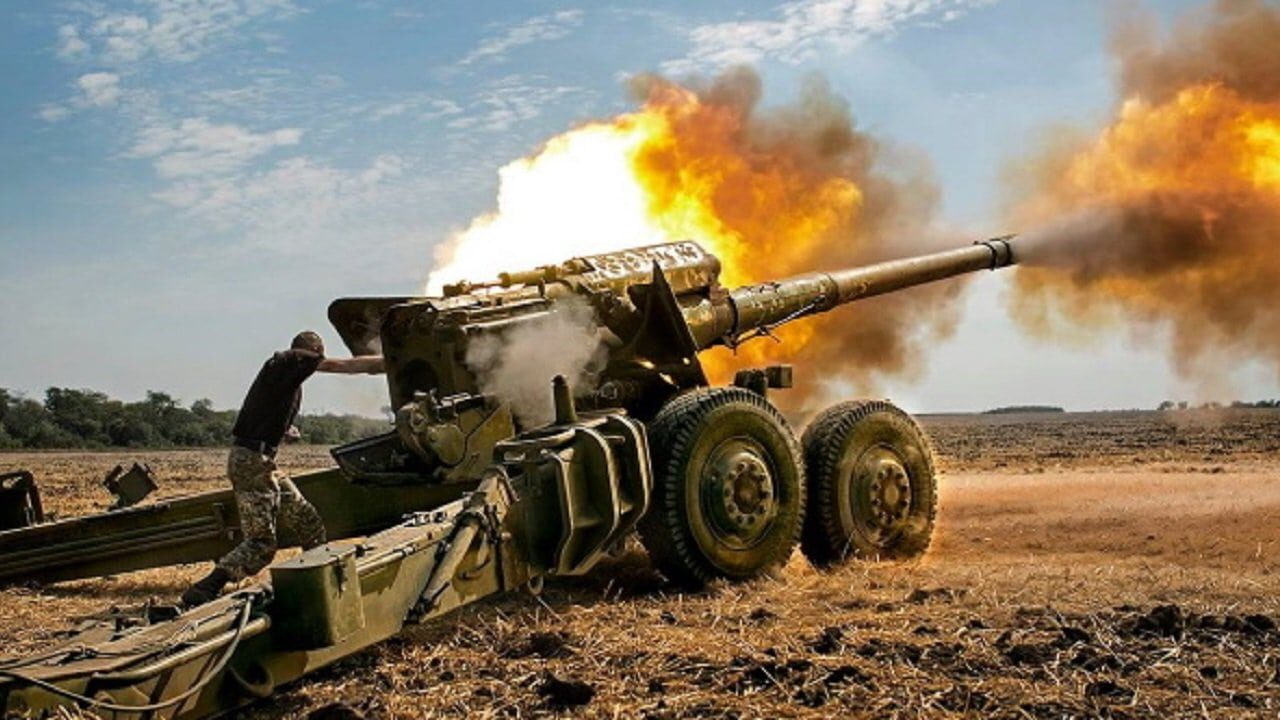On day 94 of the Russian invasion of Ukraine, the Russian military is slowly gaining more ground in eastern Ukraine. The shift in the Russian strategy seems to be paying off as Russian forces slowly but steadily capture Ukrainian positions.
Everything About the Donbas
In its daily operational update of the war in Ukraine, the Institute for the Study of War focused on the fighting in the Donbas and the likely next movements of the Russian military in the region.
The Russian military is focusing most of its attention on the Ukrainian city of Severodonetsk. However, once again, the Russian forces are trying to capture the city without encircling it fully.
“Russian forces began direct assaults on built-up areas of Severodonetsk without having fully encircled the city and will likely struggle to take ground in the city itself. Russian forces in Lyman appear to be dividing their efforts—attacking both southwest to support stalled forces in Izyum and southeast to advance on Siversk; they will likely struggle to accomplish either objective in the coming days. Russian forces in Popasna seek to advance north to support the encirclement of Severodonestk [sic] rather than advancing west toward Bakhmut,” the Institute for the Study of War assessed.
On the northern and southern parts of the battlefield, the Russian military has assumed static or defensive positions. In the south, in particular, the Russian forces are digging in in expectation of a Ukrainian counterattack and to consolidate their gains.
“Positions northeast of Kharkiv City remain largely static, with no major attacks by either Russian or Ukrainian forces. Russian forces continue to fortify their defensive positions along the southern axis and advance efforts to integrate the Kherson region into Russian economic and political structures,” the Institute for the Study of War added.
In terms of casualties, the rate of Russian casualties continues to slow down.
The Ukrainian Ministry of Defense claimed that as of Saturday, Ukrainian forces have killed approximately 30,000 Russian troops (and wounded approximately thrice that number), destroyed 207 fighter, attack, and transport jets, 174 attack and transport helicopters, 1,330 tanks, 628 artillery pieces, 3,258 armored personnel carriers, 203 Multiple Launch Rocket Systems (MLRS), 13 boats and cutters, 2,226 vehicles and fuel tanks, 93 anti-aircraft batteries, 503 tactical unmanned aerial systems, 48 special equipment platforms, such as bridging vehicles, and four mobile Iskander ballistic missile systems, and 116 cruise missiles shot down by the Ukrainian air defenses.
Donetsk, Luhansk, and Ways Out
In its daily estimate of the war, the British Ministry of Defense highlighted the Kremlin’s plans with respect to the occupied regions of Ukraine and the two pro-Russian breakaway provinces in the east. Ever since 2014, the significant pro-Russian minority in the Donetsk and Luhansk provinces have been pushing for independence from Ukraine and incorporation into Russia.
“On 26 May 2022, head of the self-declared, Russian-backed Donetsk People’s Republic, Denis Pushilin, told Russian state-controlled media that a referendum would be held if Russia captured the entirety of Ukraine’s Donetsk and Luhansk oblasts,” the British Ministry of Defense stated.
Should the Kremlin holds the suggested referenda and incorporates the Donetsk and Luhansk territories into Russia, this might give Moscow a way out of the war. Ever since Russian President Vladimir Putin and his close advisers saw that their “special military operation” wasn’t special at all and that the Ukrainian military would be fighting on, more than three months after the invasion began, they have been looking for a way out.
Announcing the annexation of Donetsk and Luhansk could be the solution. However, as is always the case in war, the enemy—in this case, Ukraine—gets a vote too. And a Ukraine that is winning on the battlefield won’t stop until all of its lands is free—presumably including Crimea. Ukrainian President Volodymyr Zelensky has affirmed the Ukrainian government’s resolution to fight the war till the end.
“If Russia did succeed in taking over these areas, it would highly likely be seen by the Kremlin as a substantive political achievement and be portrayed to the Russian people as justifying the invasion. However, the Ukrainian Armed Forces continue to conduct a well-organised defence of the sector, and continue to impose a high level of casualties on Russia,” the British Ministry of Intelligence assessed.
1945’s New Defense and National Security Columnist, Stavros Atlamazoglou is a seasoned defense journalist specializing in special operations, a Hellenic Army veteran (national service with the 575th Marine Battalion and Army HQ), and a Johns Hopkins University graduate. His work has been featured in Business Insider, Sandboxx, and SOFREP.

